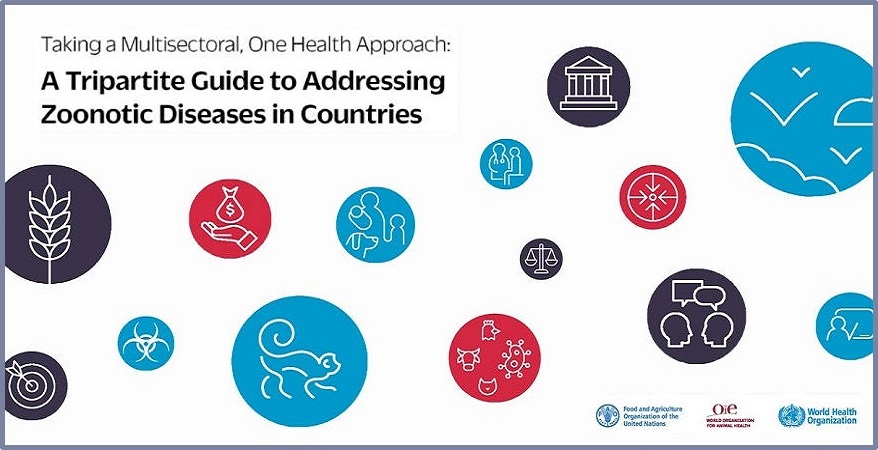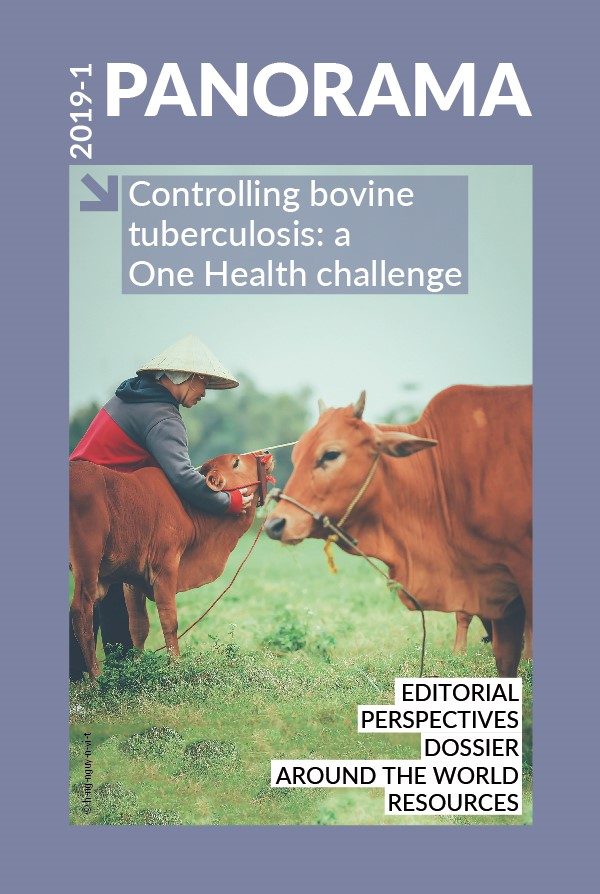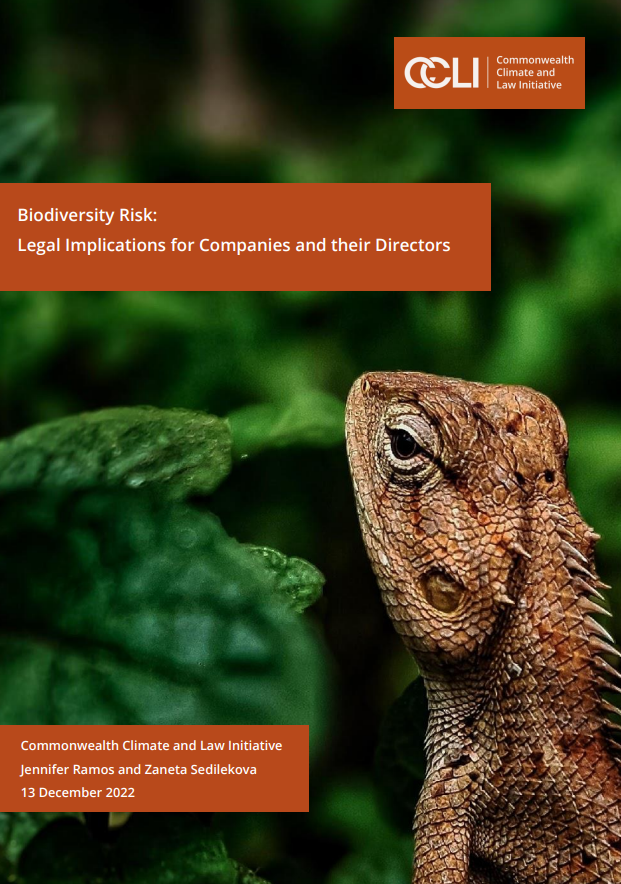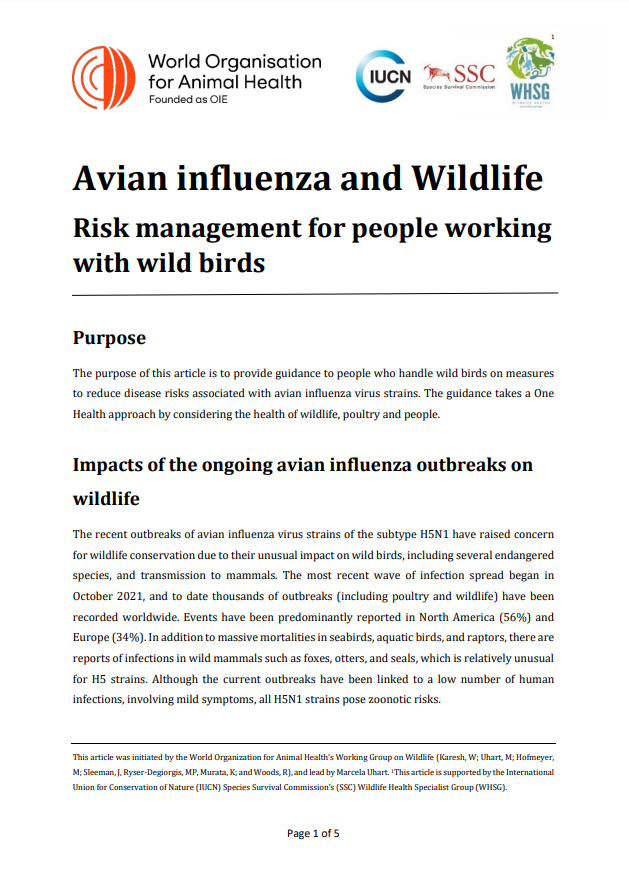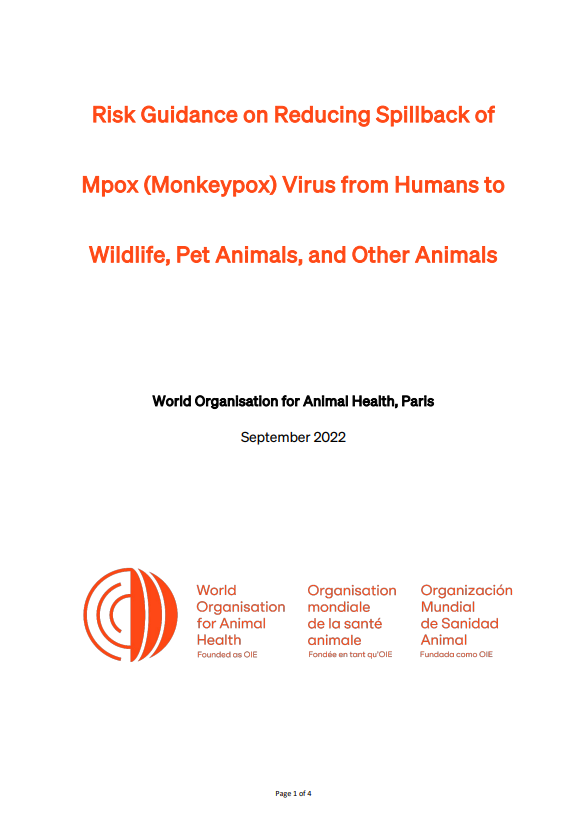Keywords
As global trade and travel expands, zoonotic diseases are increasingly posing concerns worldwide. Every day, new health challenges emerge at the human-animal-environment interface. To face these threats, collaboration, coordination, communication, and concerted action between different sectors are needed, using a multisectoral, One Health approach. However, many countries lack the capacity to implement such collaboration. The Tripartite organisations – the Food and Agriculture Organization of the United Nations (FAO), the World Organisation for Animal Health (OIE), and the World Health Organization (WHO) – have published this guide in order to support countries in filling these gaps.
Building multisectoral, One Health bridges to strengthen national capacities
This guide, referred to as the Tripartite Zoonoses Guide (TZG), provides principles, best practices and options to assist countries in achieving sustainable and functional collaboration at the human-animal-environment interface. It is flexible enough to be used for other health threats; for example, food safety and antimicrobial resistance. By using the TZG and its associated operational tools (which are currently being developed), countries can build or strengthen their national capacities in:
- Multisectoral, One Health coordination mechanisms
- Strategic planning and emergency preparedness
- Surveillance and information sharing
- Coordinated investigation and response
- Joint risk assessment for zoonotic disease threats
- Risk reduction, risk communication and community engagement
- Workforce development.
Options for monitoring and evaluating the function and impact of these activities are additionally included to support countries in their efforts to make improvements in their zoonotic disease frameworks, strategies and policies. Moreover, taking the One Health approach presented in the TZG helps countries to make the best use of limited resources and reduces indirect societal losses, such as impacts on livelihoods of small producers, poor nutrition, and restriction of trade and tourism.
By working collaboratively across sectors and disciplines, human and animal lives are saved, livelihoods are secured, and our global health systems are improved in a sustainable way. The Tripartite organisations encourage countries to use the TZG to achieve these goals by taking a One Health approach to address zoonotic diseases.




